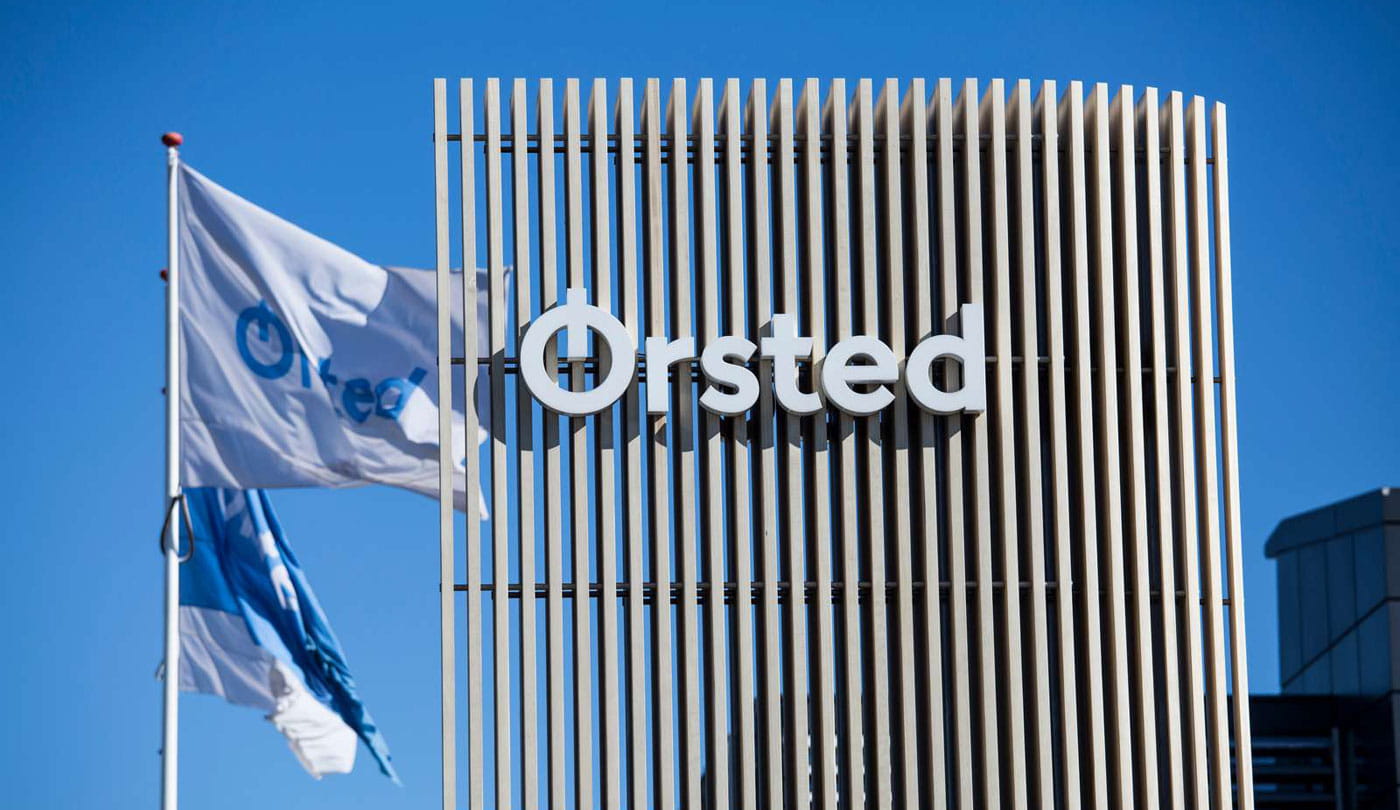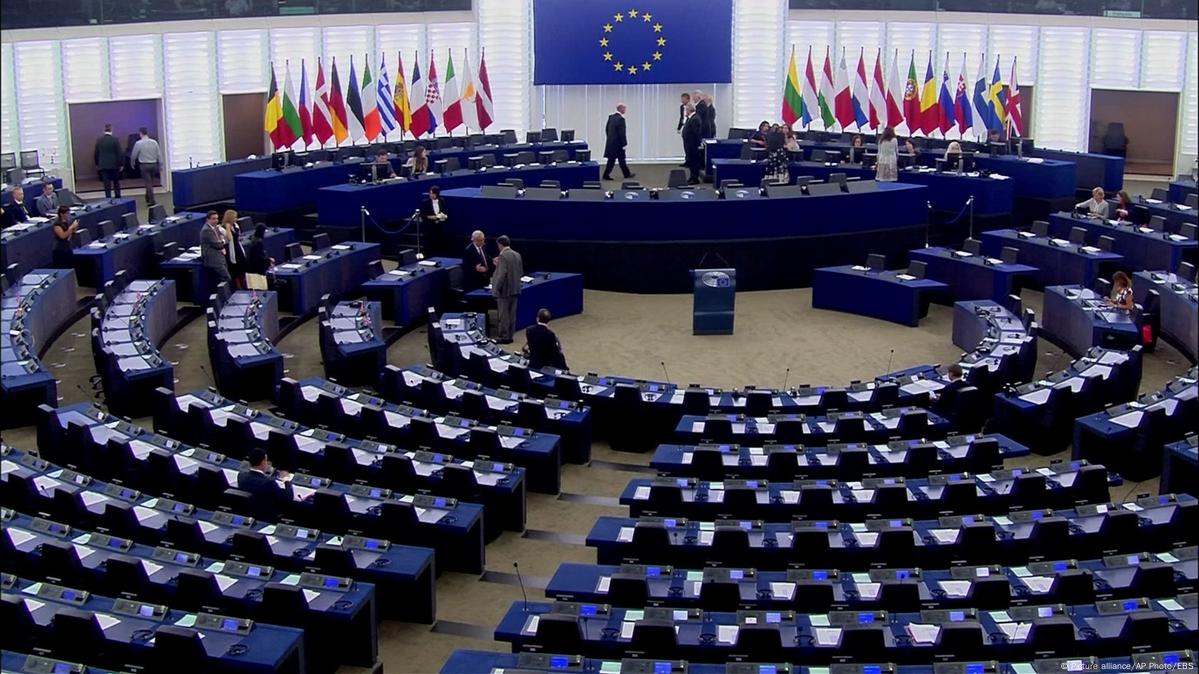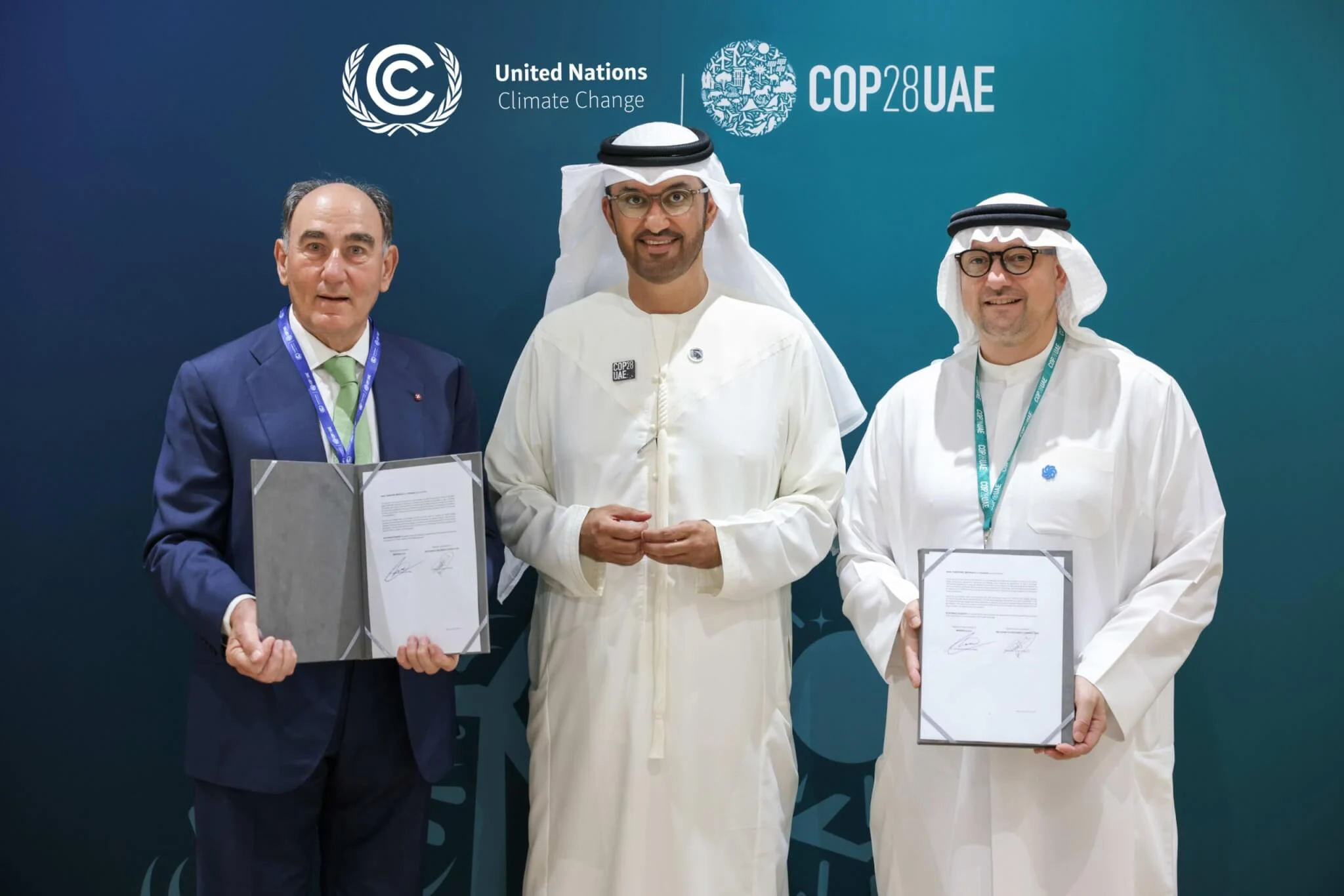Chile to Accelerate its Green Hydrogen Industry with $150 Million in World Bank Support

|
Listen to this story:
|
The World Bank Board of Directors approved a US$150 million loan to promote investment in green hydrogen projects in Chile, accelerating the country’s green growth, energy transition and supporting its commitment to carbon neutrality by 2050. This is the World Bank’s first loan to promote green hydrogen to support climate change mitigation efforts.
The Chile Green Hydrogen Facility to Support A Green, Resilient and Inclusive Economic Development project will primarily benefit local communities where clean hydrogen will be produced and used, and help create green jobs, stimulate the economy, and decarbonize local industries. The Chilean Production Development Corporation (CORFO) will implement the project, establishing a blended finance fund for green hydrogen projects and developing risk mitigation instruments to improve financing conditions. Additionally, technical assistance will be provided to promote the development of this industry.
“Chile has exceptional attributes for developing a competitive green hydrogen industry given its renewable resources and ability to attract investment in large-scale clean energy projects. The country has the potential to become a major global player in this industry, and this project can serve as a model for other Latin American and Caribbean countries,” said Carlos Felipe Jaramillo, World Bank Vice President for Latin America and the Caribbean.
Through this project, the World Bank is helping the government mobilize financial resources from the private sector and other multilateral partners to develop this emerging industry. The financial instrument is also expected to raise additional resources from the private sector that can generate investments of at least US$ 280 million. The project will encourage early investment in green hydrogen production and accelerate the viability of the projects from pilot to commercial scale.
“Today, the opportunities for future development are precisely in the development of industries in which Chile, on the one hand, has a comparative advantage in relation to many other economies in the world. And secondly, in the fact that the world is experiencing a significant change, triggered by the need to have a more environmentally friendly economy. When we talk about opportunities, you must know how to take advantage of them,” said Chilean Finance Minister Mario Marcel.
See related article: IFC Invests $400 Million in ENGIE’s Decarbonization Program in Chile
Chile expects to produce the lowest-cost hydrogen in the world by 2030 and to be among the world’s top three hydrogen exporters by 2040. According to estimates by Chile’s National Green Hydrogen Strategy, this industry could generate up to US$ 330 billion in private investment opportunities, and some US$ 30 billion in exports by 2050.
The implementing unit, the Chilean Production Development Corporation (CORFO) is also a partner of the Hydrogen for Development (H4D) Partnership, a World Bank initiative managed by the Energy Sector Management Assistance Program (ESMAP), to accelerate hydrogen deployment in emerging markets and developing countries.
Green hydrogen potential
Hydrogen is produced by splitting water molecules into hydrogen and oxygen. When the electrical energy used for this process comes from renewables, such as solar and wind power, the resulting hydrogen is green: clean, highly efficient and does not emit greenhouse gases.
Green hydrogen can help decarbonize sectors where electrification would not otherwise be technically or economically viable, such as manufacturing and heavy or long-distance transport sectors. Additionally, it can improve energy security since it can be stored for long periods, thereby increasing the integration of renewable energies into the grid. Developing this industry can also strengthen food security by using green hydrogen to produce green ammonia, which can be used as an input for fertilizers.












